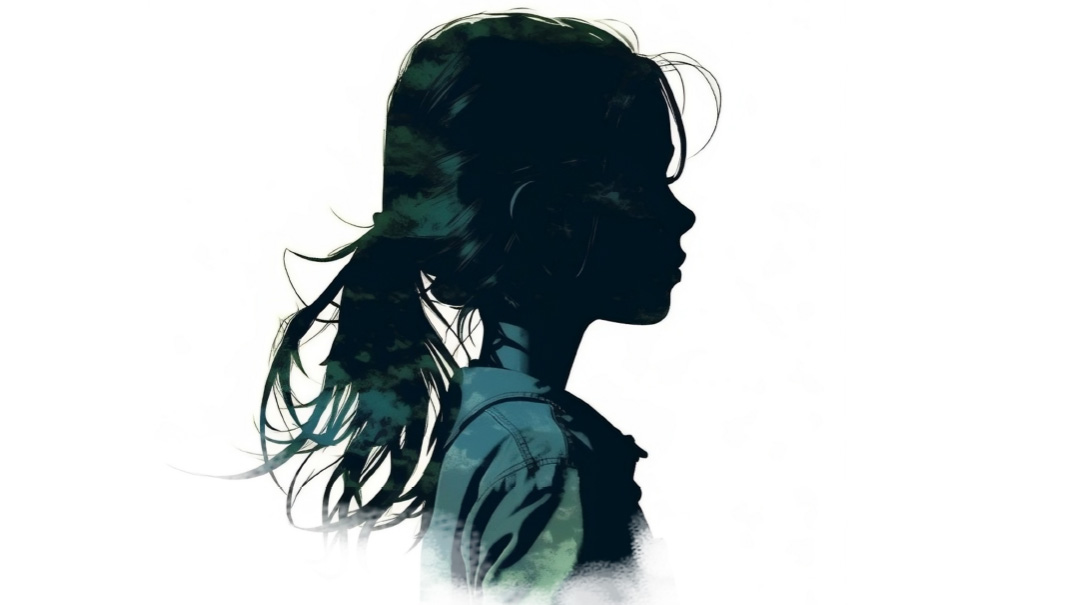Vered’s Story: Chapter 8
| December 20, 2022This was “what we do.” Frum people go to camp. We accepted this as the right thing to do

P
art of my family’s acclimation to the frum community was getting “the magazines” — Binah and Mishpacha Magazine — every week. In fact, we started getting Mishpacha around the time that Mishpacha Junior was introduced. My parents and I learned lots of things from the magazines. Especially from the ads. Like our vacuum cleaner; we got it because of an ad in Mishpacha. Frum people had special vacuum cleaners, apparently.
There were also lots of ads featuring camps. This was a new concept for us. My mother, not being American herself, had never considered sending us to a day camp. It just wasn’t something she was culturally familiar with. I, myself, had never felt a need to attend camp. But then it became another way to fit into frum culture. This was “what we do”. Frum people go to camp. We accepted this as the right thing to do.
Then we had to choose a camp. Problem was, I didn’t know that there were “types” of camps; camps for in-towners and camps for out-of-towners, camps for this type and camps for that type. Frum is frum, camp is camp. How wrong could I go? I had no idea. We settled for what seemed like a great idea: attend a brand-new camp that was just opening. My mother said, “It’s a new camp, so no one will know each other from previous years. Go by yourself; it will be an adventure, everyone will be getting to know each other.”
But, as I quickly learned, that was not the case.
Oops! We could not locate your form.


